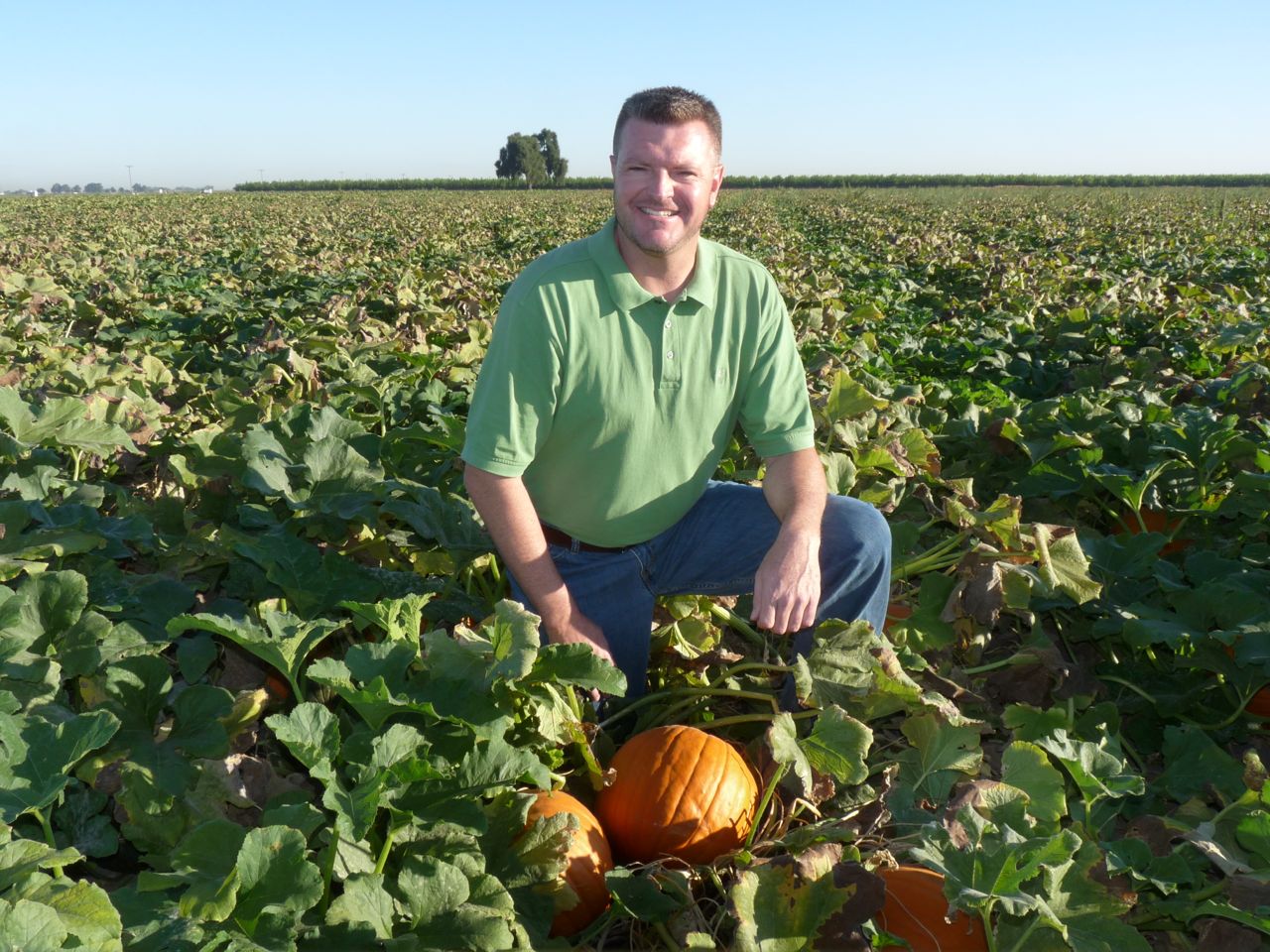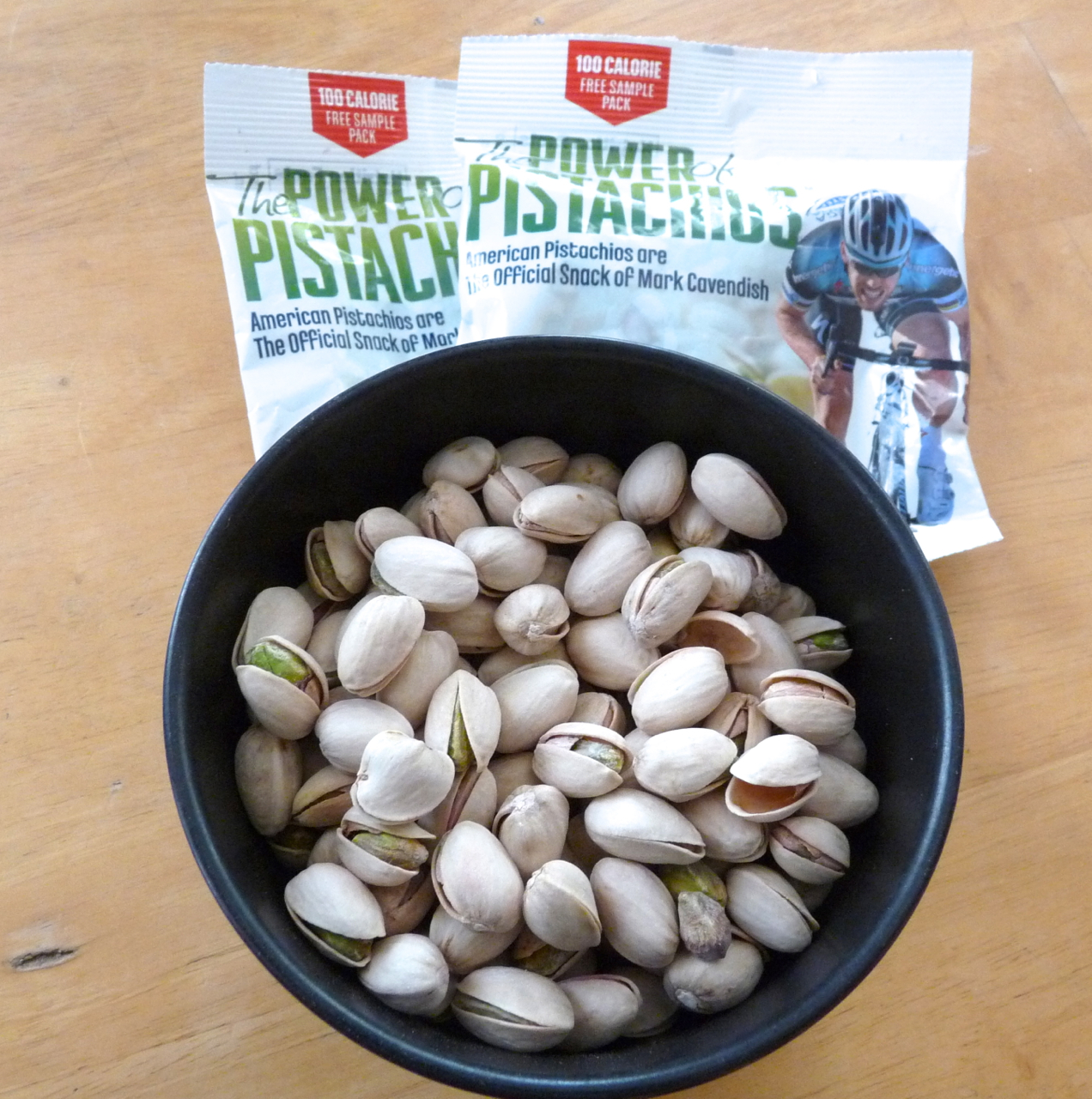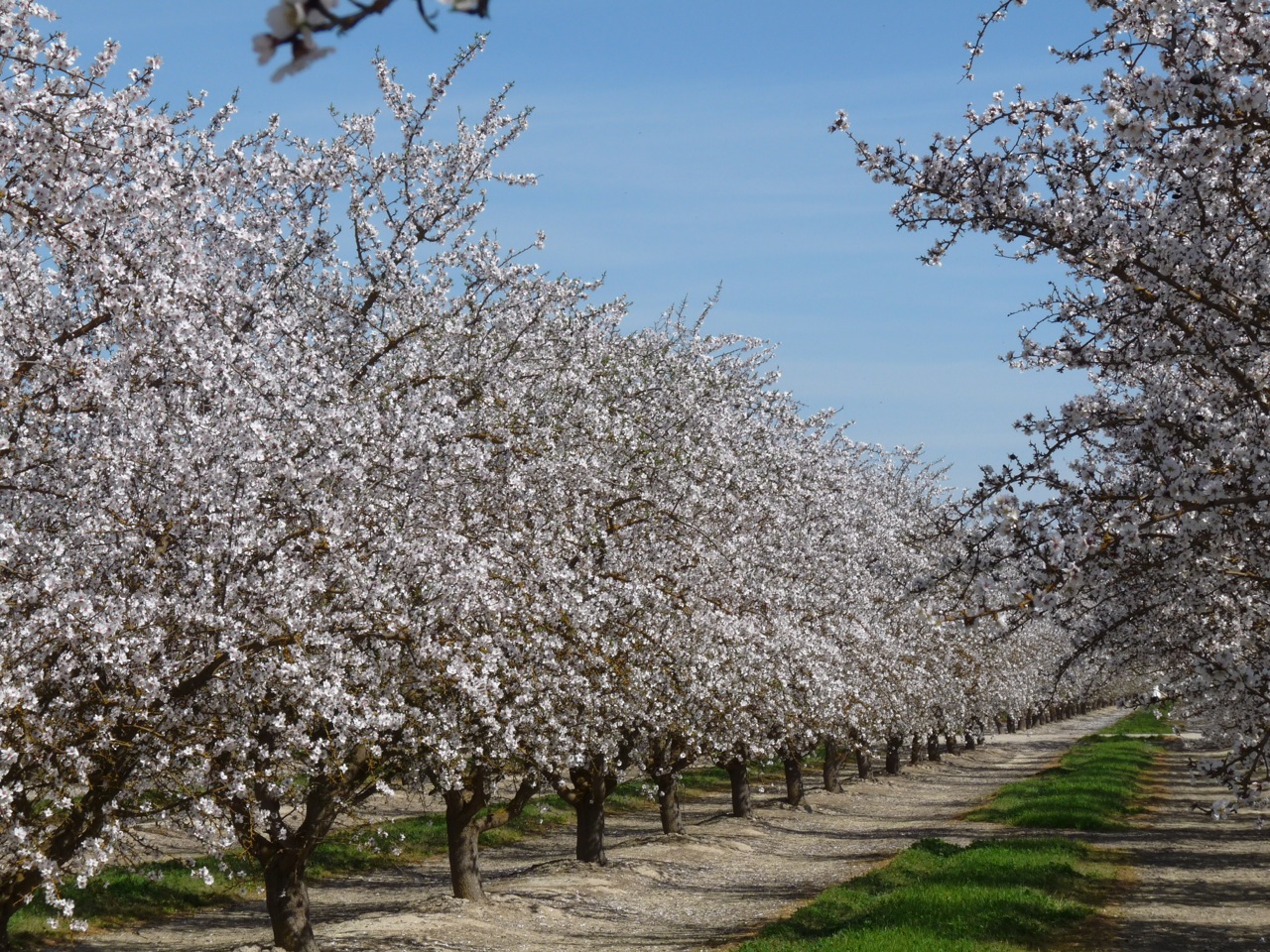Van Groningen & Sons In Full Harvest Mode
Bryan Van Groningen, with Van Groningen & Sons, a farming operation in Manteca, in San Joaquin County says the operation is in full harvest mode, rounding out what has been a good year.
“Right now we’re still in peak season of the watermelon harvest. We’re also getting geared up for the pumpkin season. We are going to be harvesting some of our ornamental gourds pretty soon, and that’s going to lead into our normal-sized pumpkins of all types of varieties. That’s going to get underway soon, probably in another week, and will continue all the way until the end of October. We are just completing our sweet corn harvest, and almond harvest has begun as well,” said Van Groningen.
Van Groningen thinks the drought has affected pricing this year. “I think the lack of water up and down the state has affected the pricing because it has been pretty strong. We haven’t had those valleys in some of the pricing throughout the season, but I think, further down south, guys are irrigating only their permanent crops and going into more of their higher-dollar crops. For crops like sweet corn, there are not a lot of acres growing in California, and that has kept the price high,” said Van Groningen.
The farm’s water supply was sufficient this year, but Van Groningen is guarded about the future. “We’re fortunate in our areas because we are irrigating most of our land with a deep well, and we don’t have to rely on district water so much, so we are kind of lucky. We are in control of our own water supply,” he said.
Van Groningen notes that the operation has had well issues. “We did have one well collapse on us, so that tells me the water table continues to drop. We irrigate from probably 60 different deep wells, and I’d say one out of sixty–that isn’t too big of a problem at this point. But if it continues this way, and we remain in a drought, and we don’t get enough rainfall to recharge some of that groundwater, it’s going to get pretty dicey, I think,” he said.


















